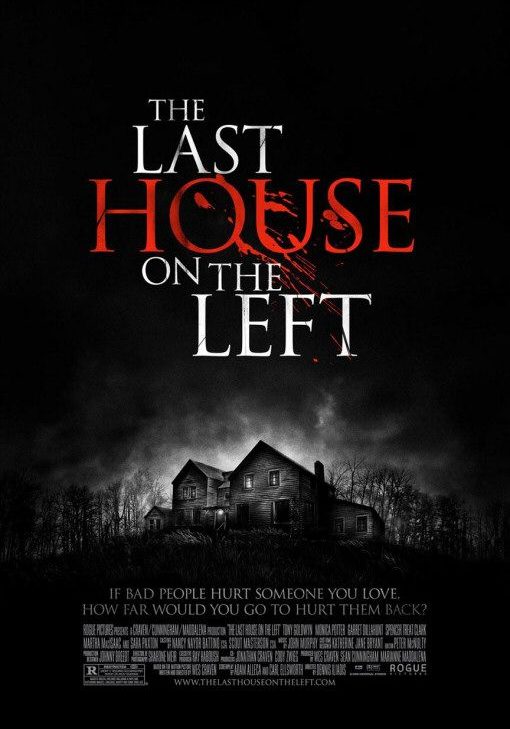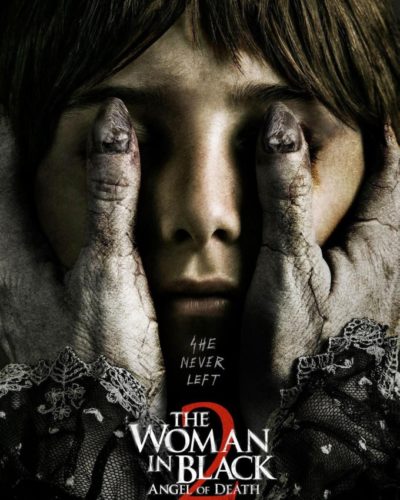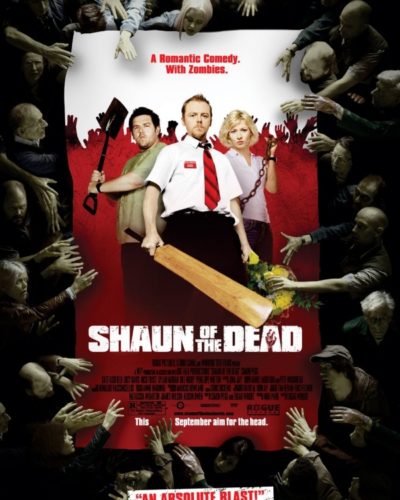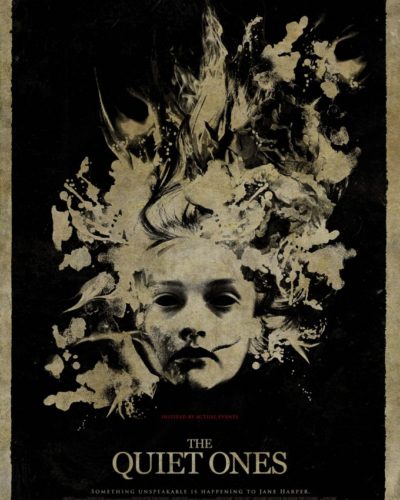A Terrifying Return to ‘The Last House on the Left’
“It’s only a house,” they said—but in the world of horror, we know that’s never just the case. In 2009, director Dennis Iliadis offered a harrowing reimagining of Wes Craven’s 1972 cult classic with ‘The Last House on the Left’. This chilling tale follows the Collingwoods, a family who confronts the darkest depths of human depravity when their daughter falls victim to brutal criminals. The film, a gritty tale of revenge and survival, deftly sidesteps the supernatural to anchor its terror in the all-too-real potential for human monstrosity.
Creating Chills: The Fabric of Fear
In ‘The Last House on the Left’, the atmosphere breeds unease from the get-go. Iliadis constructs horror not with fantastical creatures, but through an impending sense of doom that lurks behind the picturesque scenes. As the serene setting is shattered by violence, the contrast escalates the shock. The director’s choice to build tension methodically is paramount; each frame is a ticking time bomb, where terror is not in the jump scare, but in the creeping realization of what humanity is capable of. The film’s palpable sense of foreboding grips viewers tightly, demonstrating how real-life horrors can be as unsettling as any ghost or ghoul.
Aesthetic of Anguish: The Visual and Auditory Labyrinth
The cinematography of ‘The Last House on the Left’ is purposeful and jarring. A subdued color palette echoes the grim nature of the narrative, and the camera work is intimate, intrusive—forcing viewers to confront discomfort head-on. Moments of violence are captured with a raw, unflinching lens that eschews stylized gore for gritty realism. Notably, the film’s use of lighting carves out an eerie replica of normality, where shadows seem to be complicit in the unfolding events.
Audio is the unsung hero of the horror experience, and this movie makes that clear. The soundtrack is minimalistic, allowing natural sounds and silence to amplify the tension. Sound effects are visceral, grounding the horror in a sensory reality that can be felt beyond the screen. The unsettling absence of music in some scenes enhances the feeling of isolation and vulnerability, leaving audiences with nothing but the echoes of their own heartbeats.
Performance and Personification: The Human Element
A critical component of the film’s effect is the performances. The actors portray a spectrum from the hauntingly psychotic to the devastatingly vulnerable, delivering credibility to their roles. As the parents turn from helpless to hell-bent on revenge, the audience is taken on an emotional rollercoaster that grounds the film’s horror in empathy and desperation. The conviction in their action transcends the screen, making the terror all the more palpable.
The tormentors, with their chillingly mundane motives, serve as a stark reminder that monsters are not always mythical. Their performances are a dance on the razor’s edge between human and inhuman, never veering too far from what we recognize in ourselves, and that is perhaps the most terrifying aspect of all.
Horror Without a Mask: Subgenre and Shock Value
The 2009 film finds itself in the brutal landscape of psychological horror and the revenge thriller, with less reliance on supernatural elements or the grotesque for its fear factor. This subgenre is challenging to navigate, as it demands a reflection on societal norms and the extremes of the human psyche. The tactics used to induce fear are deeply psychological, punctuated by visceral acts of violence. While such depictions are not for the faint-hearted, they are executed with a purpose that goes beyond mere shock—exploring the primal instincts of survival and retribution.
Underneath the narrative’s skin lies a vein of societal commentary, examining themes of violence, family, and justice. The horror is a lens through which we scrutinize not only the characters on-screen but our perceptions of morality and consequence. It asks us not just to observe horror, but to contemplate its roots and repercussions.
Final Reflection: A House with Many Rooms
Is ‘The Last House on the Left’ genuinely frightening? It is, unequivocally, but not in the way a ghost story might unsettle its audience. Instead, it thrives on the dread of the conceivable, providing a horror experience that is thought-provoking and emotionally jarring. It may not reinvent the genre, but it stands out for its unwavering commitment to depicting the horrors that could very well exist next door.
Recommended for the seasoned horror aficionado with an appetite for intense narratives, this film may not cater to casual viewers or those sensitive to graphic content. There is no supernatural veil or metaphorical distance here; the fear is unadulterated and uncomfortably close to home.
In the landscape of horror, ‘The Last House on the Left’ may walk a road less traveled by eschewing fantasy for stark reality. While it might not be the perfect fit for every horror enthusiast, its strengths lie in its authenticity, execution, and its compelling—if unsettling—take on the genre. Though a caution is warranted for its explicit scenes, those who dare to enter may find this house a disturbingly memorable visit.




